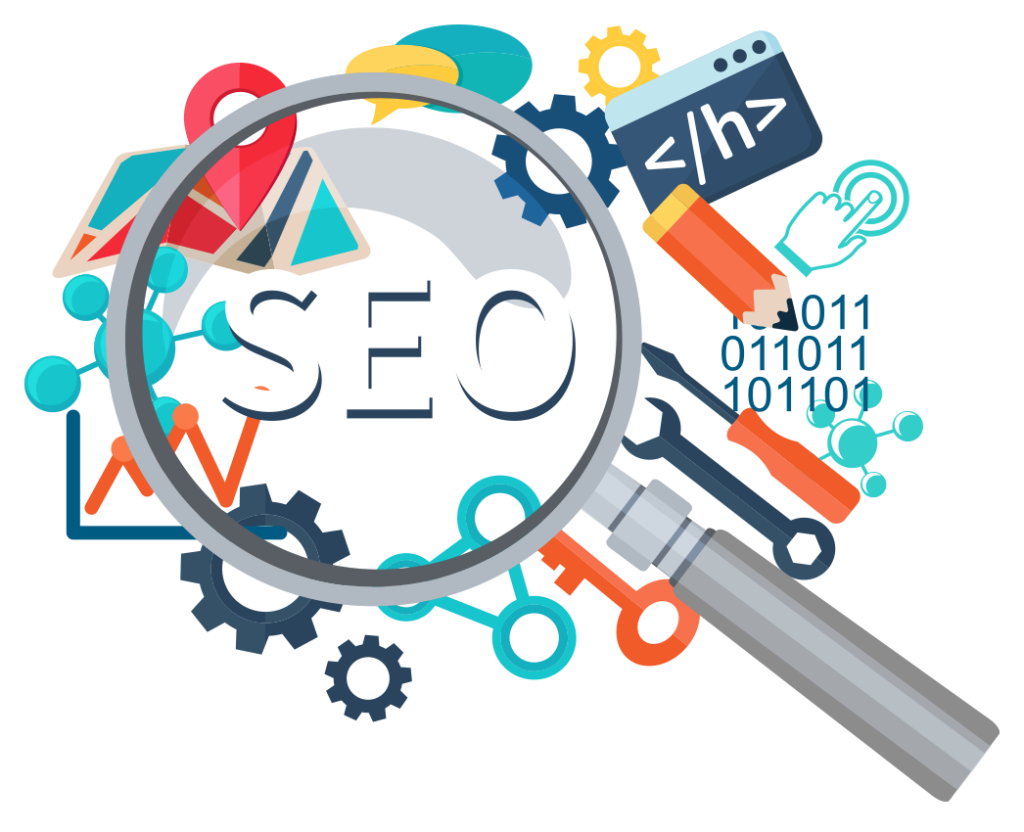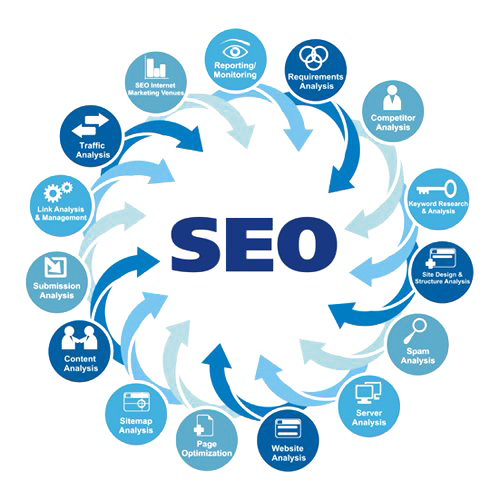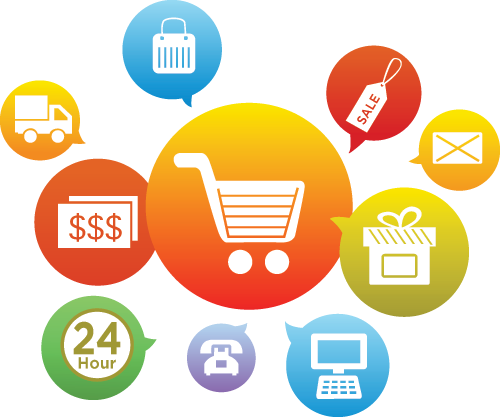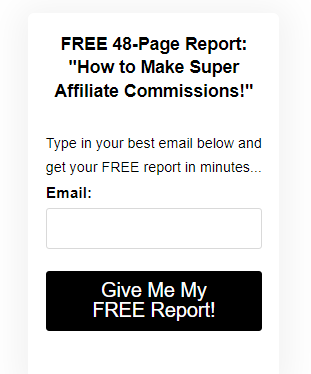Are you looking to take your blogging game to the next level?
If so you are definitely in the right place!
In this ultimate guide, I will uncover the secrets to writing engaging content that will turn you into a master blogger.
Whether you’re a beginner or seasoned pro this guide is your go-to resource for creating captivating blog posts.
With the rise of social media and the ever-increasing number of blogs, it’s essential to stand out from the crowd.
That’s where this guide comes in.
We will delve into the art of storytelling,creating catchy headlines, and targeting popular keywords with your blog posts so they can rank high on Google and generate traffic for your business.
We’ll also explore different content formats, such as listicles, how-tos, and interviews, to keep your readers coming back for more.
So, if you’re ready to take your blogging game to the next level and attract a larger audience, get ready to dive into this ultimate guide to blogging.
Unlock theses blogging secrets, take action with these proven tips, and watch your blog soar to new heights of success.
Get ready to become a blogging pro!
Why blogging is important for businesses
In today’s digital age, blogging has become an important part of any successful business growth strategy.
It allows businesses to showcase their expertise, connect with their target audience, and establish themselves as industry leaders.
Blogging provides a platform for businesses to share valuable insights, industry news, and helpful tips with their audience.
One of the main reasons why blogging is important for businesses is that it helps drive traffic to their websites.
By regularly publishing high-quality blog posts that are optimized for search engines, businesses can improve their website’s visibility and attract more organic traffic.
A lot of traffic can lead to higher conversions and more sales.
Additionally, blogging helps businesses build brand awareness and credibility.
When businesses consistently publish valuable and informative content, they position themselves as experts in their field.
This builds trust with their audience and establishes their brand as a reliable source of information.
Over time, this can lead to increased brand loyalty and customer retention.
In conclusion, blogging is a powerful tool for businesses to engage with their audience, drive traffic to their websites and funnels, and establish themselves as leaders in their niche.
By incorporating blogging into your overall marketing strategy you can reap the benefits of increased brand awareness, credibility,traffic,leads and sales.
So if you haven’t started a blog for your business yet, now is the time to do so!
Lets talk about understanding your target audience…
Before you start writing blog posts, it’s crucial to have a deep understanding of your target audience.
Knowing who your audience is will help you tailor your content to their needs, interests, and pain points.
This, in turn, will increase the chances of your blog posts resonating with your readers and keeping them engaged.
To understand your target audience you need to conduct thorough research.
Start by creating buyer personas, which are fictional representations of your ideal customers.
These personas should include demographic information, such as age, gender, location, and occupation, as well as psychographic information, such as interests, values, and challenges.
Once you have created your buyer personas, dig deeper into their needs and pain points.
What are the problems they are facing?
How can your blog posts provide solutions?
Conduct surveys and interviews to figure out what your target audience is struggling with and what problems they need solved.
This will help you identify the topics and angles that will resonate with them the most.
By understanding your target audience, you can create content that speaks directly to their needs and interests.
This will not only keep your readers engaged but also build a loyal community around your blog.
So, take the time to research and understand your audience before you start writing your blog posts.
Choosing the right blogging platform
When it comes to choosing the right blogging platform, there are several options to consider.
Each platform has its own set of features, customization options, and user interface.
It’s important to choose a platform that aligns with your blogging goals, technical expertise, and budget.
One of the most popular blogging platforms is WordPress.
It is an open-source content management system that offers a wide range of themes, plugins, and customization options.
WordPress is highly customizable and can be used for both simple blogs and complex websites.
It also has a large community of developers and support forums, making it easy to find help when needed.
In conclusion, choosing the right blogging platform is crucial for the success of your blog.
Consider your goals, technical expertise, and budget before making a decision.
Creating a content creation strategy
A well-defined content creation strategy is the backbone of every successful blog.
It helps you stay organized, consistent, and focused on your goals.
Without a content strategy, your blog posts may lack direction and fail to resonate with your audience.
So, let’s dive into the steps involved in creating an effective content strategy.
1. Define your goals: Start by determining what you want to achieve with your blog. Do you want to increase brand awareness, generate leads, or establish yourself as an industry expert? Clearly defining your goals will guide your content creation process and help you measure your success.
2. Do keyword research to identify your target keywords: Research keywords that are relevant to your niche and align with your audience’s interests. These keywords will guide your content creation process and help optimize your blog posts for the search engines. Use tools like Google Keyword Planner and Ubersuggest to find high volume keywords with low competition.
3. Plan your content calendar: Create a content calendar that outlines the topics, titles, and publishing dates for your blog posts. This will help you stay organized and ensure a consistent flow of content. Consider the seasonality of your topics and any upcoming events or holidays that you can leverage for your content.
4. Diversify your content formats: Experiment with different content formats to keep your blog posts fresh and engaging. Consider incorporating listicles, how-tos, case studies, interviews,infographics and video into your content mix. This will appeal to different learning styles and keep your readers coming back for more.
5. Establish a consistent brand voice: Define your brand voice and tone, and ensure that it shines through in your blog posts. Consistency in your writing style will help build brand recognition and establish a connection with your audience. Whether your brand voice is formal, conversational, or humorous, make sure it’s in alignment with your target audience.
6. Create an editorial workflow: Establish a clear workflow for creating, editing, and publishing your blog posts. This will help streamline the content creation process and ensure that your blog posts adhere to your brand guidelines.
Consider using project management tools or content management systems to collaborate with your team and track the progress of your blog posts.
By following these tips and creating a robust content creation strategy, you will set yourself up for success in the world of blogging.
A well-executed content strategy will help you stay focused, consistent, and ahead of your competition.
So, take the time to plan, strategize, and create high-quality content that resonates with your audience.
Structuring your blog posts for readability
When it comes to publishing blog posts readability is key. Your blog posts should be easy to read, scan,understand and be free of grammatical errors.
This not only keeps your readers engaged but also improves the overall user experience.
So let’s talk about structuring your blog posts for maximum readability.
1. Start with a compelling headline: Your headline is the first thing that grabs your readers’ attention. Make it catchy, intriguing, and relevant to the content of your blog post. Use power words, numbers, and questions to pique curiosity and entice readers to click and read further.
2. Use subheadings to break up your content: Subheadings act as signposts, guiding your readers through your blog post. Use clear and descriptive subheadings to break up your content into logical sections. This makes it easier for readers to scan your blog post and find the information they’re looking for.
3. Keep your paragraphs short: Long paragraphs can be intimidating and overwhelming for readers. Break up your content into short paragraphs, each focused on a single idea. This makes your blog post easier to read and digest. Aim for paragraphs of around three to five sentences.
4. Use bullet points and numbered lists: Bullet points and numbered lists help break up your content and make it more scannable. They also highlight key points and make your blog post more visually appealing. Use bullet points and numbered lists to present information in a concise and organized manner.
5. Include visuals and multimedia elements: Visuals such as images, infographics, and videos help break up text-heavy blog posts and make them more engaging. Use relevant visuals to illustrate your points and enhance the overall reading experience.
6. Use white space effectively: White space, also known as negative space, refers to the empty space between elements in your blog post. It helps improve readability and gives your content room to breathe. Avoid cluttering your blog post with excessive images, ads, or widgets. Instead, use white space strategically to create a clean and visually appealing layout.
By structuring your blog posts for readability, you make it easier for your readers to consume and engage with your content.
Remember, readability goes hand in hand with user experience, so prioritize it when creating your blog posts.
When your blog posts are easy to read and understand, your readers will be more likely to stay on your site and come back for more.
Incorporating visuals and multimedia elements
Putting visuals and multimedia elements into your blog posts is essential for creating engaging content.
Visuals not only make your blog posts more visually appealing but also help convey information in a more digestible way.
Here are a few tips on incorporating visuals and multimedia elements into your blog posts.
1. Choose high-quality images: High-quality images significantly enhance the visual appeal of your blog posts. Use images that are relevant to your content and visually appealing. Avoid using generic stock photos and instead use unique, eye-catching visuals. You can find high-quality images on stock photo websites or create your own visuals with Canva.com
2. Optimize your images for fast load times: You can compress your images and reduce their file size without sacrificing quality. Use image optimization tools or plugins to automatically optimize your images before uploading them to your blog. This will ensure a smooth and fast user experience.
3. Create infographics: Infographics are a great way to present complex information in a visually appealing and easy-to-understand format. Use infographics to break down complex concepts, present statistics or data, or provide step-by-step guides. There are many online tools available that make it easy to create professional-looking infographics, even if you don’t have design experience.
4. Embed videos: Videos are an incredibly engaging multimedia element that can bring your blog posts to life. Embed relevant videos from platforms like YouTube or Vimeo to support your content and provide additional value to your readers. Videos can be tutorials, interviews, product demos and product reviews.
5. Include interactive elements: Interactive elements, such as quizzes and polls can make your blog posts more interactive and engaging. They encourage reader participation and provide a unique and memorable user experience.
There are many online tools available that allow you to create and embed interactive elements into your blog posts.
6. Use visual formatting techniques: In addition to images and multimedia elements, you can improve the visual appeal of your blog posts through formatting techniques. Use headings, subheadings, bulleted lists, andquotes to break up your content and highlight key points. Experiment with different font styles, sizes, and colors to create a visually appealing and easy-to-read layout.
By incorporating visuals and multimedia elements into your blog posts, you can create a more engaging and memorable reading experience for your audience.
Remember to choose high-quality photos,optimize your images for fast load times, and use formatting techniques to enhance the visual appeal of your blog posts.
When your blog posts are visually appealing, your readers are more likely to stay engaged and share your content with others.
Optimizing your blog posts for SEO
Search engine optimization (SEO) is crucial for improving the visibility of your blog posts in the search engine results. By optimizing your blog posts for SEO, you can drive more organic traffic and increase the chances of your content being discovered by your target audience.
So, let’s explore some tips for optimizing your blog posts for SEO.
1. Keyword research: Start by conducting keyword research to identify the keywords and keyword phrases that your target audience is searching for. Use keyword research tools like Google Keyword Planner, SEMrush, Ahrefs or Ubersuggest to find high volume keywords with low competition. Incorporate these keywords naturally into your blog post, including the title, headings, body text, and meta tags.
2. Optimize your title and meta description: Your blog post’s title and meta description are important for both search engines and users. Make sure your title is captivating, relevant, and includes your target keyword. Your meta description should provide a summary of your blog post and persuade users to click and read further. Place the keyword you are targeting in your meta description as well.
3. Create high-quality content: Search engines absolutely love high-quality, informative, and well-written content. Make sure your blog posts provide valuable insights, answer your audience’s questions, and fulfill their search intent. Use headings, subheadings, and bullet points to structure your content and make it more scannable and easy on the eyes. Aim for long-form content that covers the topic in-depth.
4. Craft Compelling Headlines
Your blog post’s headline is the first impression you make on your readers. It should grab their attention and entice them to click through and read your post.
To craft compelling headlines, consider using power words, numbers, and emotional triggers. Incorporating your target keyword in the headline is good SEO practice as well. Additionally, make sure your headline accurately reflects the content of your blog post to avoid misleading your readers (no clickbait).
5. Build High-Quality Backlinks
Backlinks, also known as inbound links, are links from other websites to your blog. They’re an extremely important ranking factor in SEO. Building high-quality backlinks can improve your blog’s authority and visibility in search engine results. Focus on creating valuable, shareable content that others will naturally want to link to. Additionally, reach out to influencers, industry experts, and relevant websites to request backlinks or guest blogging opportunities.
Well there you go. A few blogging tips you can take to the bank. Now go ahead and execute on these blogging tips I just shared with you.
Any blogging tips I haven’t covered in this post?
If so let us know in the comments below!








